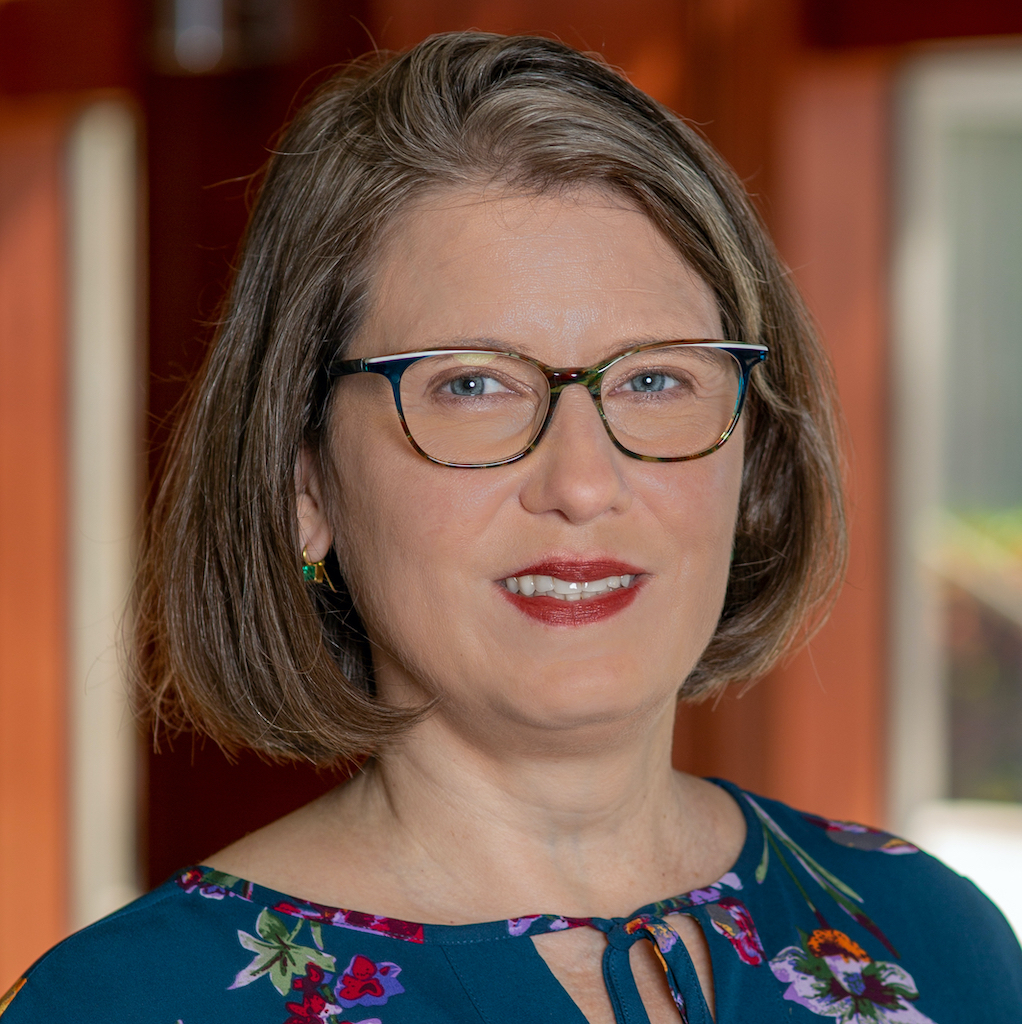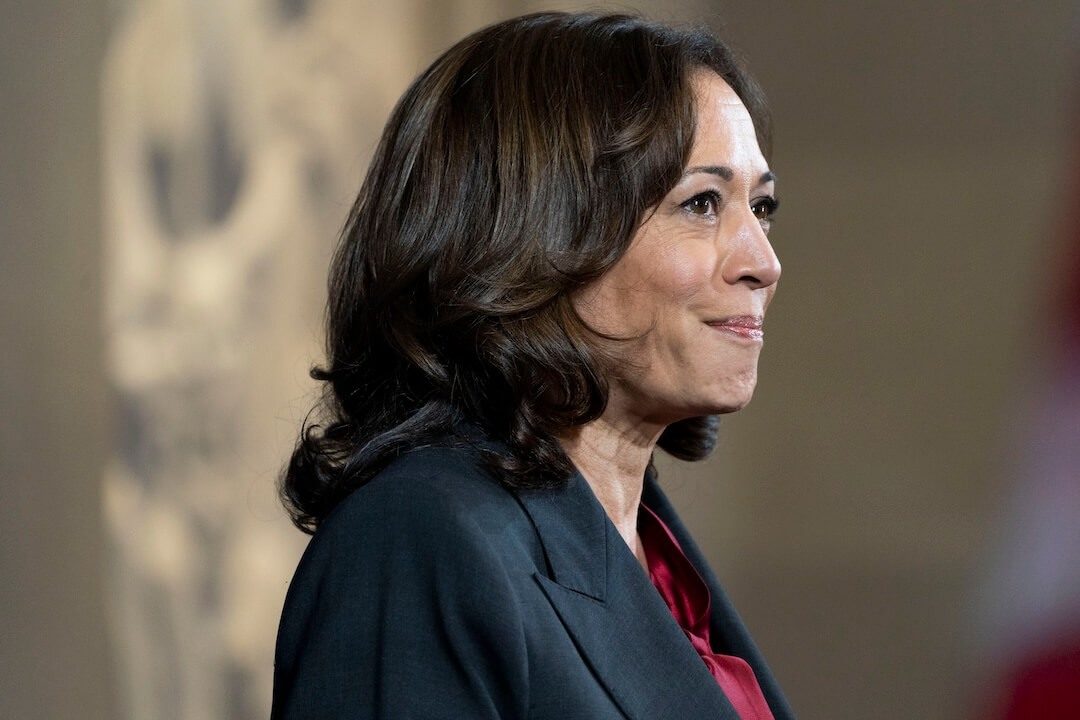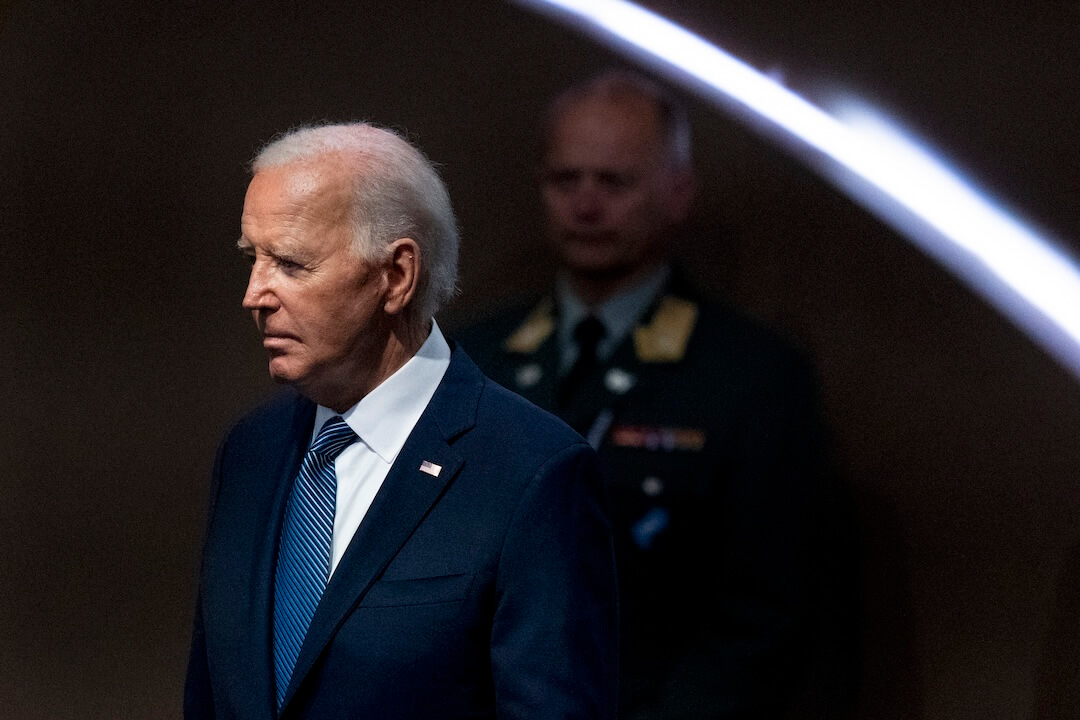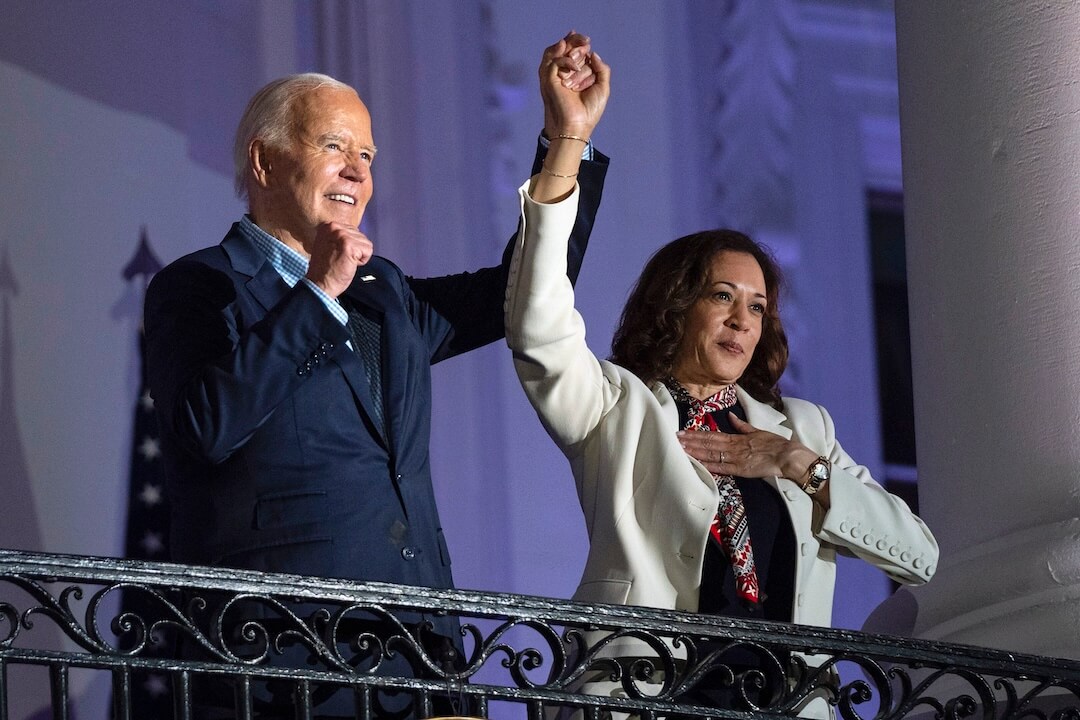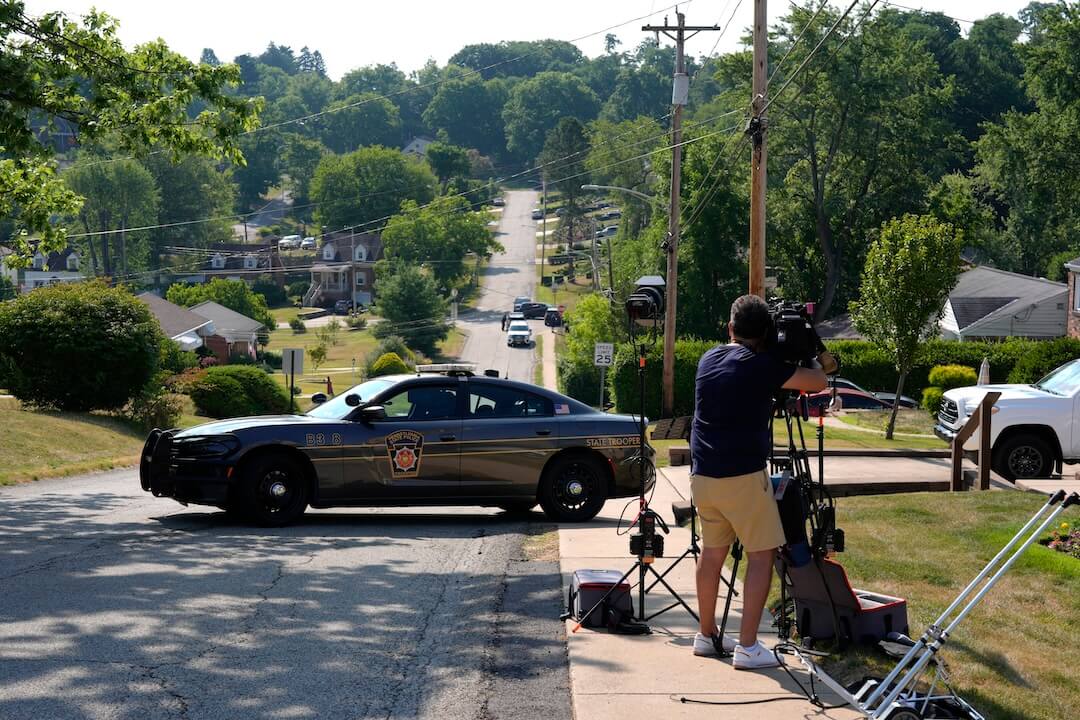The coronavirus pandemic and COVID-19 have brought hardships from the deaths of loved ones to economic struggles to social isolation. Everyone has been touched by it.
Fact-checkers went from knowing almost nothing about a strange new virus to monitoring its every effect. In the process, we had to get more comfortable with the nature of scientific inquiry and its constant companion, uncertainty.
Our knowledge has changed and grown over many months. Some of the things we were told turned out to be wrong. The most prominent example is masks. At the beginning of the pandemic, health authorities said they weren’t necessary. They then changed course, and we went through a year of widespread masking to prevent the spread of COVID-19. Most recently, with vaccines becoming widespread, the new advice is that some of the vaccinated can go without masks.
Yet people still focus on that early advice that masks weren’t necessary. Some suggest ill intent. But that misses a few things that were going on in those early days of the pandemic. Back then, scientists hypothesized that people wouldn’t get infected unless they were around people showing symptoms. If you weren’t around a sick person, there was no need for a mask. That had been the case in previous epidemics, like SARS.
We now know that was very wrong, that it’s possible to get COVID-19 from someone who has no symptoms. Scientists studied super-spreader events and were able to pinpoint people who carried the coronavirus without having symptoms of COVID-19.
Now that the Centers for Disease Control and Prevention has said that vaccinated people no longer have to wear masks, we’ll see what widespread unmasking means for public health.
Will we see COVID-19 rates rise, or will expanding vaccination keep the numbers down? What about people who are immunocompromised, whose bodies can’t make many antibodies to fight COVID-19, even after a vaccine? How many unmasked people will also be unvaccinated, and thus how many might continue to spread the disease? There’s no reliable way to know the answers to these questions ahead of time.
Does this mean public health authorities aren’t trustworthy? That they’re stupid or nefarious? Not at all. A more realistic assessment is that they’re not perfect, and they don’t have godlike knowledge. While journalists and the public would like instant answers, science unfolds at a slower pace. Knowledge increases with time, and early answers are subject to revision and change.
Another notion that’s changed and evolved is whether people can get sick from touching surfaces. Health authorities warned at the beginning of the pandemic that surfaces should be thoroughly cleaned. It makes sense that cleaning surfaces would reduce the spread of germs.
But time has shown, based on studying how people caught the virus, that dirty surfaces are an unlikely route of COVID-19 transmission — so unlikely that scientists have ruled it out in virtually all well-documented cases. We have learned that there’s much more danger in sharing air, and that good ventilation is crucial to avoiding infection.
Finally, there’s the question of the coronavirus’s origins. What seemed settled science last year — that the virus was a naturally occurring pathogen that moved from nature into humans — is coming under increased scrutiny. Scientists are concerned that they haven’t been able to document a clear trail from nature to humans. They’re concerned that there might be more to the idea that the virus escaped from a science lab. While rejecting the false certainty of conspiracy theories, scientists are warning us to be more open-minded and cautious when assessing how the coronavirus evolved into a pandemic.
Throughout this changing landscape, the strength of fact-checking has been attributing information to sources and acknowledging uncertainty. In our best fact checks, we’ve affirmatively stated that this is the best we know now; that the situation may change. Scientists develop knowledge by constantly testing hypotheses, and when they know better, they change their theories and frameworks. More evidence accumulates with time. This is the inherent dynamic of the scientific process, and journalists have done our best to illuminate that. But the slow rigor of the scientific method can be very much in tension with a public that wants answers now.
This has been especially true in some of our fact-checking of COVID-19 cures. Many online claims about cures for COVID-19 are misinformation; they play on people’s fears, desires and desperation for hope. Fact-checkers have dismissed some false cures without much handwringing. Neither warm water nor vitamin C cures the coronavirus, for example. We firmly dismissed these notions based on medical expertise and the old adage, “If it sounds too good to be true, it probably is.”
Things get trickier when the claims involve obscure medications, some not even intended to address viral infections. Does it seem likely the medications would work if they’re not virus fighters? No. Is it possible they might help through some secondary mechanism? Sure. In these cases, we have to walk a thin line. We have to say there’s no evidence that this would help now, but scientists suggest more study.
Promoters of false cures, though, can’t seem to stop from wildly exaggerating. In a recent fact-check, a YouTube personality claimed that “mountains of data” showed the drug ivermectin “obliterates” COVID-19 transmission. PolitiFact said that was False, because the existing evidence on ivermectin is limited and showed mixed results. As the scientists say, more study is needed.
I sympathize with readers who say they don’t trust advice that hasn’t been consistent from the beginning. But it is unreasonable for scientists to know everything about a new disease from the very start. Why shouldn’t health authorities change their advice as they learn more? Why can’t we be willing to change our behavior as we learn more?
We need to change and grow as we learn, and in the case of COVID-19, that willingness to assimilate new information is the kind of mindset that will keep us and our families safe. We need to challenge misinformation and its seemingly fast answers, knowing that true knowledge may come slowly
What helps this process along, though, is a big dose of humility, and no one needs it more than journalists, doctors, scientists and, yes, fact-checkers. We all face the temptation to write and speak with authority, even when we know in our hearts that our knowledge is human and therefore limited. Using words that say this is the best we know now, and that circumstances may change, is one of the most powerful ways of conveying this.
Journalists and fact-checkers have professional obligations to be as honest with the public as possible, but we do the public a disservice when we give them the feeling that we have all the answers.
It is not in our nature to appreciate uncertainty. It makes most of us queasy and uncomfortable. But it’s clearly part of the learning process, and it’s something we really can’t avoid. Of all the lessons we’ve learned from COVID-19, getting comfortable with the uncertainty is one of the healthiest responses.


